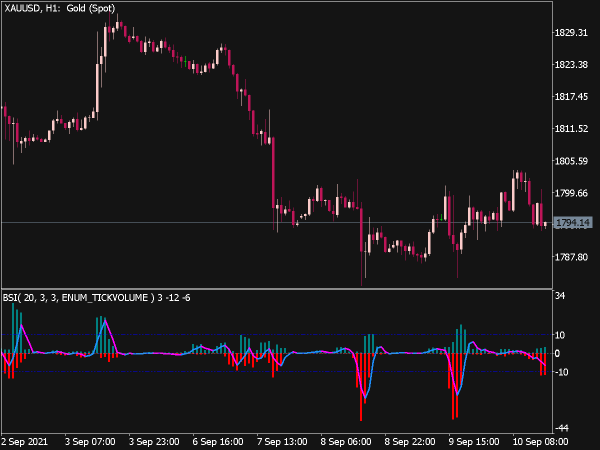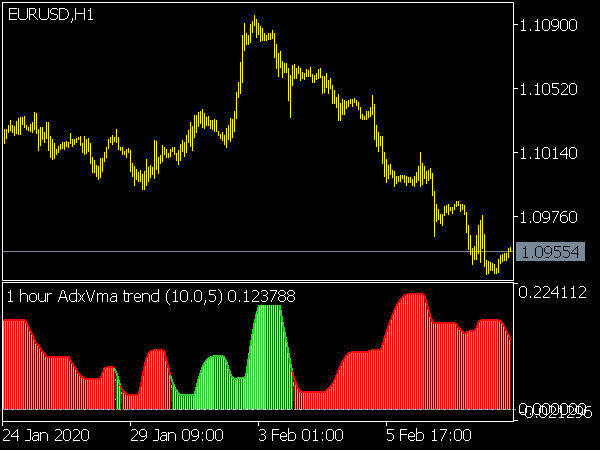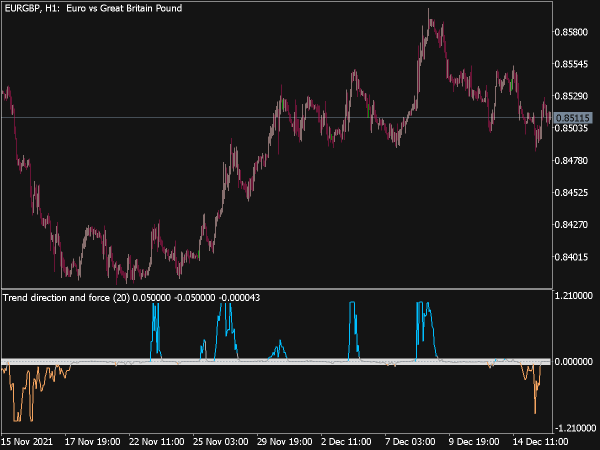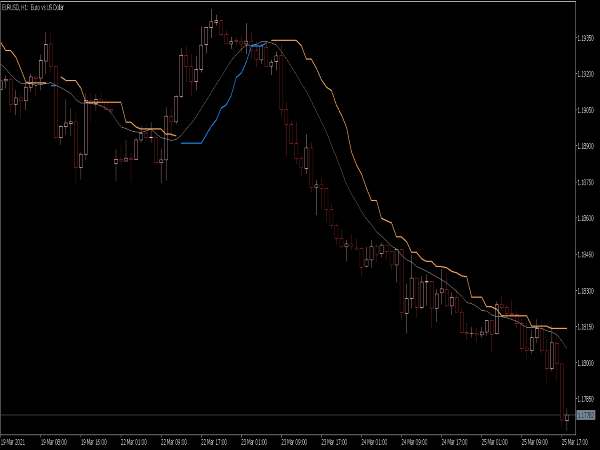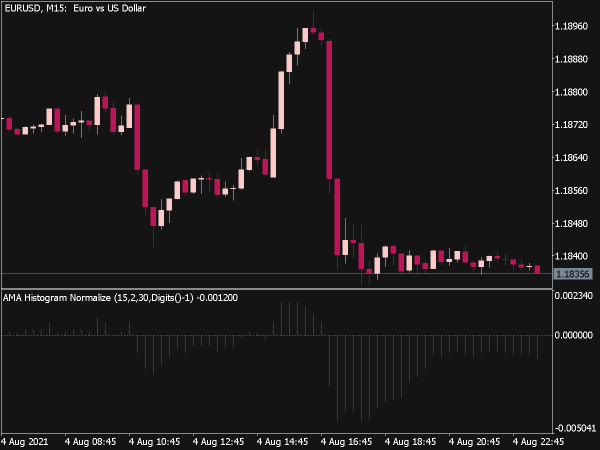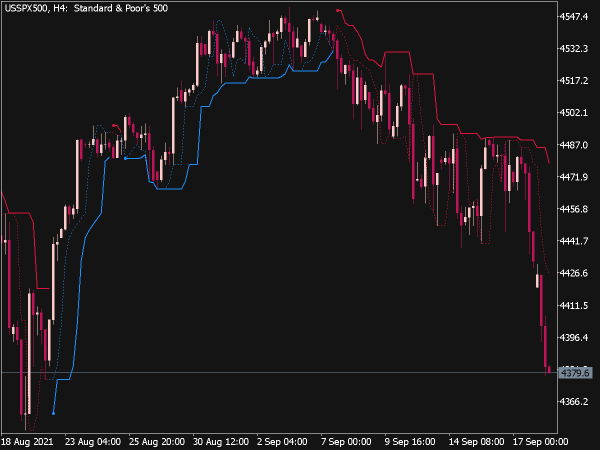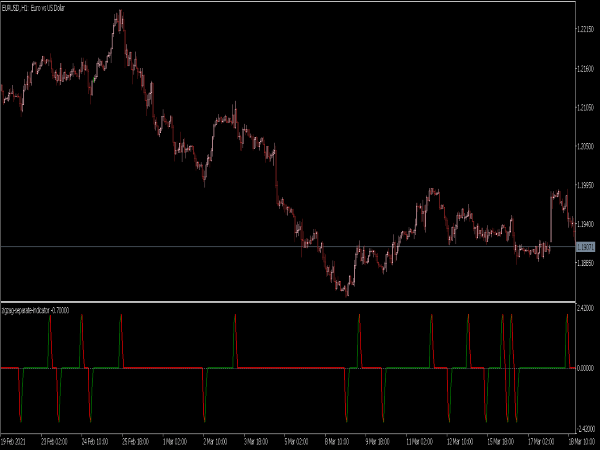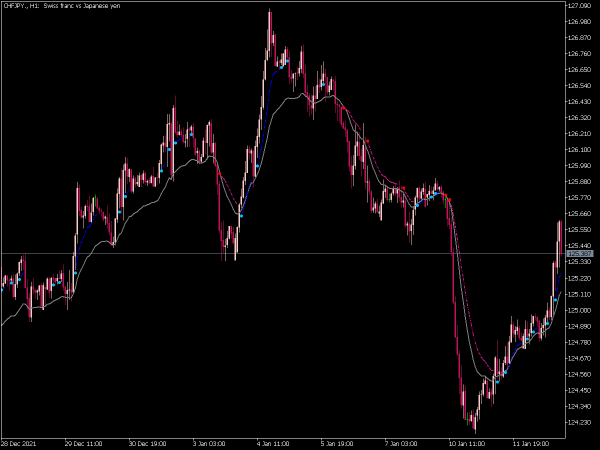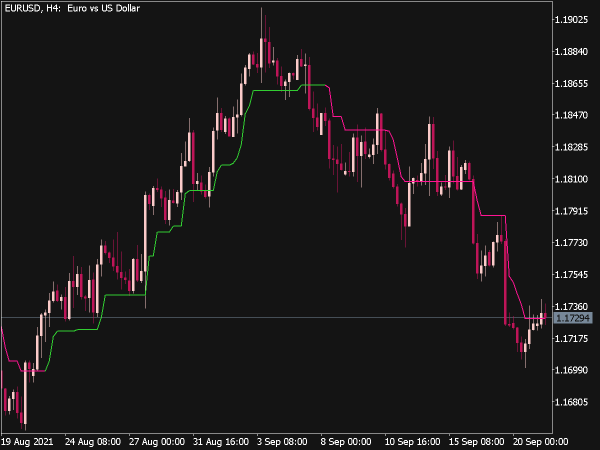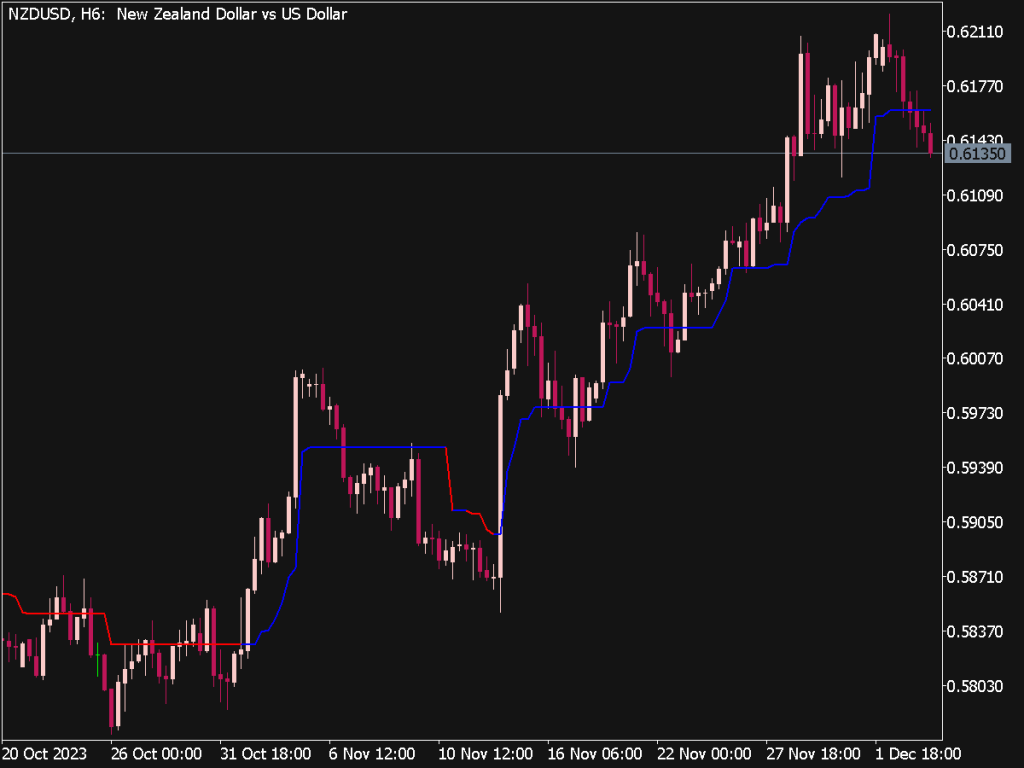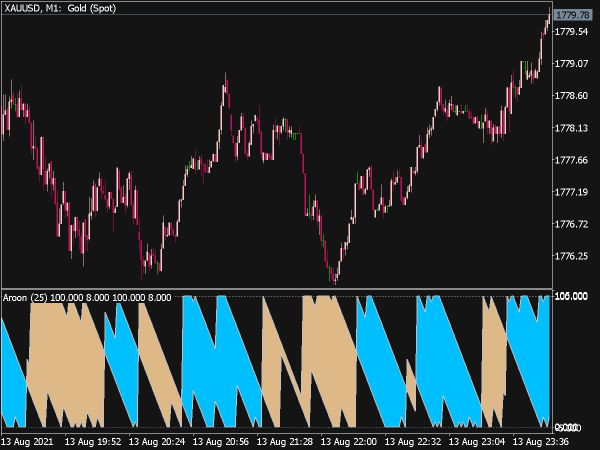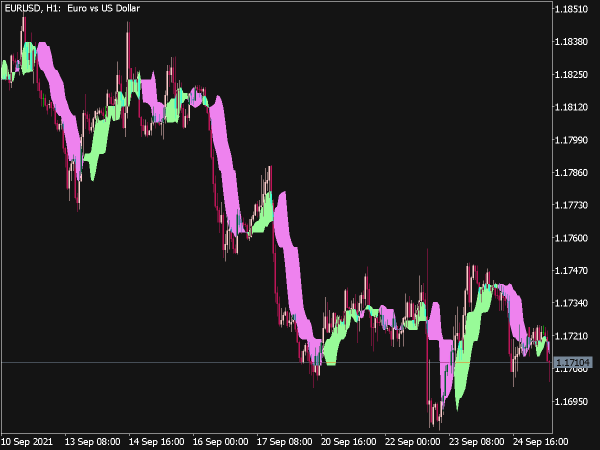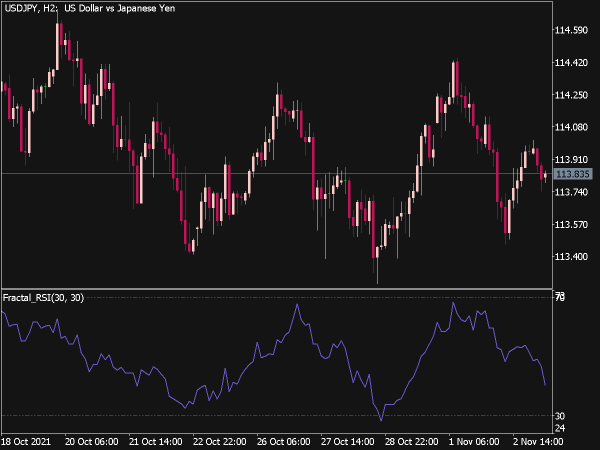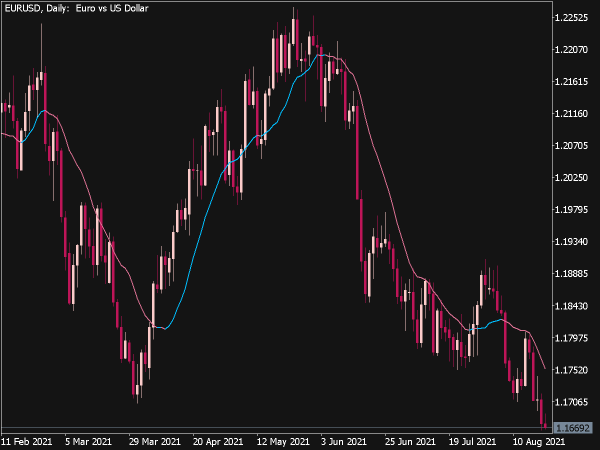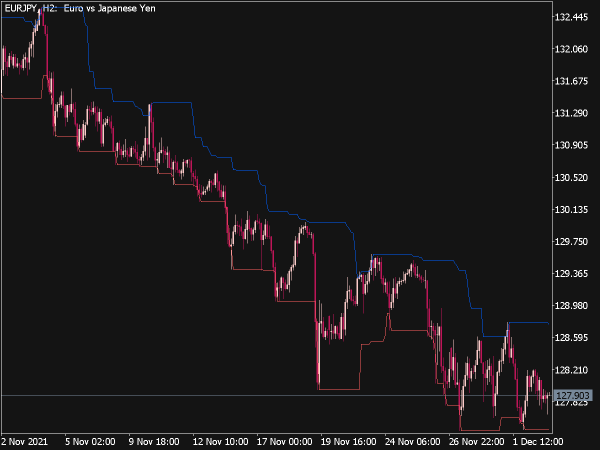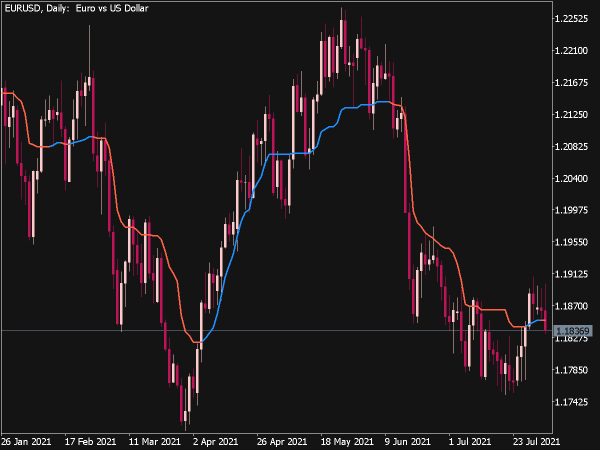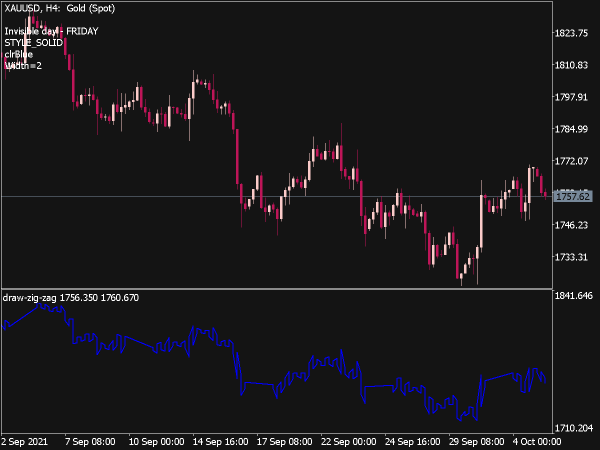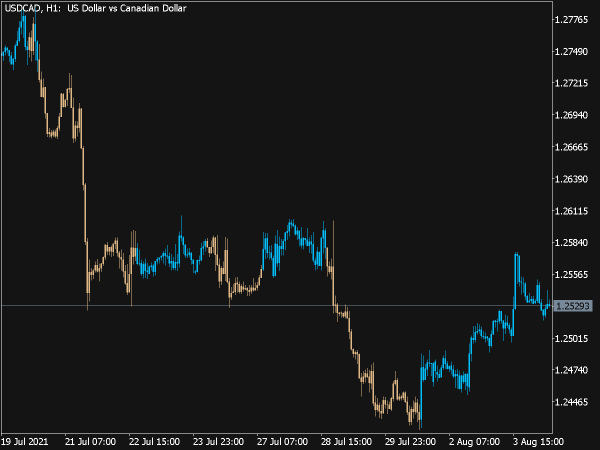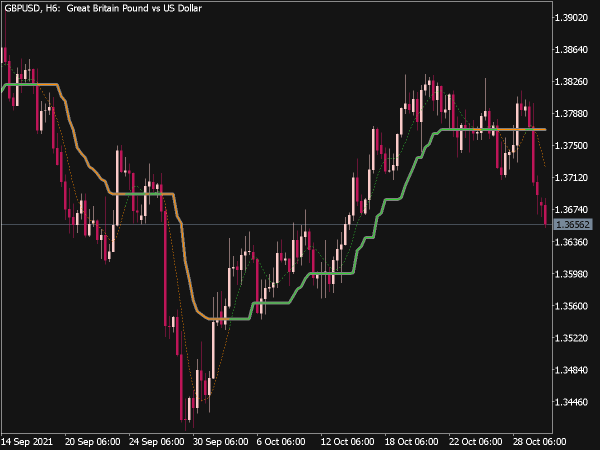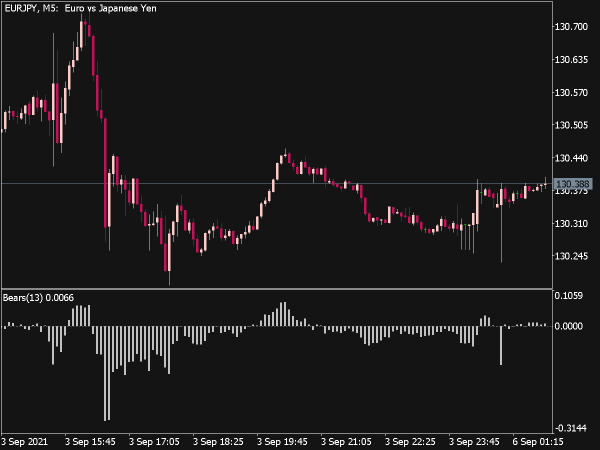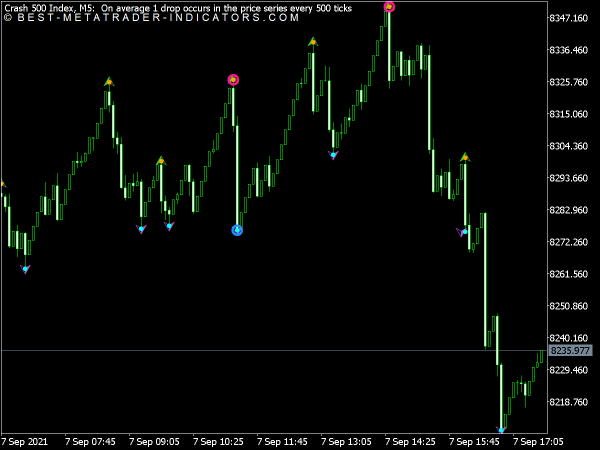
Submit your review | |
The Boom and Crash Spike Indicator is a popular tool among traders in the synthetic indices market, particularly for those trading Boom 1000 and Crash 1000 indices. Here’s a comprehensive list of trading tips to enhance your effectiveness with this indicator:
1. Understand Market Dynamics: Before using the Spike Indicator, familiarize yourself with market behavior during different times of the day. Price action can vary significantly based on market sessions.
2. Timeframes and Scalping: For fast trades, consider shorter timeframes (1-minute or 5-minute charts) where spikes are more evident. Scalping can be effective, but requires quick decision-making.
3. Confirm Signals: Always use the Spike Indicator in conjunction with other technical analysis tools, like moving averages or RSI, to confirm trade signals and reduce the chances of false signals.
4. Set Entry and Exit Points: Before entering a trade, determine your stop-loss and take-profit levels based on recent price action and volatility to maintain a favorable risk-reward ratio.
5. Avoiding High Volatility News: Steer clear of trading during major economic news releases or events that can cause unpredictable market behavior, affecting the reliability of the Spike Indicator.
6. Practice Proper Risk Management: Limit risk per trade to a small percentage of your account balance (typically 1-2%) to avoid large losses that can deplete your trading capital.
7. Stay Updated on Market Conditions: Regularly review market trends, news, and economic indicators that might affect your trades, adapting your strategy as necessary.
8. Analyze Historical Data: Look back at historical performance of the Spike Indicator to understand how it performed in various market conditions, helping you tweak your approach.
9. Utilize Backtesting: Use backtesting tools to test the effectiveness of your strategies with the Spike Indicator before implementing them in a live trading environment.
10. Patience is Key: Don’t rush to enter trades solely based on spikes. Wait for a clear signal that aligns with your trading strategy for better results.
11. Use Alerts: Set alerts for key levels on your chart. This allows you to focus on other tasks while keeping an eye on potential trading opportunities.
12. Keep a Trading Journal: Document your trades, including reasons for entry and exit, to analyze your performance over time and make necessary adjustments to your strategy.
13. Avoid Overtrading: Stick to your trading plan and avoid placing trades based on emotions or minor fluctuations in the market.
14. Focus on Liquidity: Trade during times of high liquidity for better pricing and reduced slippage, which can occur during low-volume periods.
15. Adjust Your Strategy: Regularly review and refine your strategy based on performance analysis and evolving market conditions.
16. Learn from Losses: Instead of getting discouraged, view losses as learning points. Analyze what went wrong and how you can improve in the future.
17. Stay Disciplined: Stick to your trading plan and rules, maintaining discipline even when faced with the temptation to deviate for immediate gains.
18. Consider Different Market Conditions: Recognize that Boom and Crash indices may perform differently under various market conditions (trending, ranging, or consolidating markets).
19. Utilize Multiple Indicators: Employ a combination of indicators to enhance your analysis. For example, consider price action or support/resistance levels alongside the Spike Indicator.
20. Avoid Revenge Trading: If you experience a loss, resist the urge to make quick trades to recover. Instead, take a step back, reassess, and return to the market with a clear mind.
21. Practice Emotional Control: Trading can be emotional, especially after significant wins or losses. Maintain a level head and make decisions based on logic rather than feelings.
22. Review Your Strategy Periodically: As market dynamics change, so should your strategy. Regularly review and adapt your trading strategy to maintain effectiveness.
23. Trade with the Trend: Identify and trade in the direction of the prevailing trend to increase the likelihood of success when using the Spike Indicator.
24. Familiarity with the Indicator: Spend time learning the ins and outs of the Spike Indicator to understand its strengths and limitations in different market scenarios.
25. Seek Continuous Education: Stay informed about trading strategies and market trends through webinars, courses, and reading material to continue improving your trading skills.
By implementing these tips, you can enhance your trading experience and potentially improve your results when using the Boom and Crash Spike Indicator.

